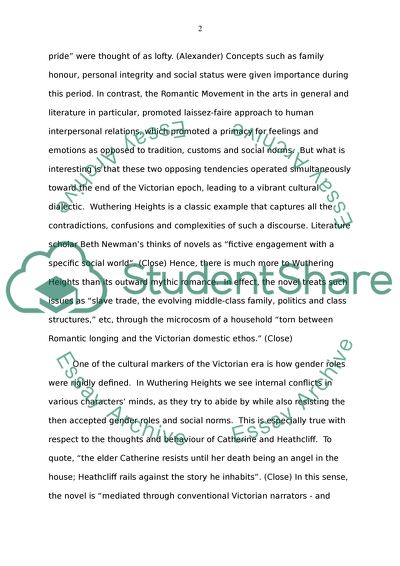Cite this document
(“Conflict between Romantic and Victiorian Values in Wuthering Heights Essay”, n.d.)
Retrieved from https://studentshare.org/literature/1465326-conflict-between-romantic-and-victiorian-values-in
Retrieved from https://studentshare.org/literature/1465326-conflict-between-romantic-and-victiorian-values-in
(Conflict Between Romantic and Victiorian Values in Wuthering Heights Essay)
https://studentshare.org/literature/1465326-conflict-between-romantic-and-victiorian-values-in.
https://studentshare.org/literature/1465326-conflict-between-romantic-and-victiorian-values-in.
“Conflict Between Romantic and Victiorian Values in Wuthering Heights Essay”, n.d. https://studentshare.org/literature/1465326-conflict-between-romantic-and-victiorian-values-in.


